If you haven’t been living under a rock, you’ve probably heard of Hayao Miyazaki and the studio he helped co-found, Studio Ghibli. The creative force behind many beloved animated movies in the 80s, 90s, and 2000s, Miyazaki has created a lasting cinematic legacy.
Miyazaki has a few common themes that reoccur in many of his movies, including feminism, environmentalism, and anti-war sentiment. He also likes to showcase human greed and fear of the unknown as the real villain, more so than any one individual. Despite these relatively heavy themes, by creating colorful casts of characters and letting humour brighten dark moments, Miyazaki creates thought-provoking movies worthy of audiences of all ages.
This article will serve as a guide to some of my favourite Ghibli films, ones great to watch as an introduction to Miyazaki’s films or ones to watch for the 20th time. If you haven’t seen any of the films on this list, now is the time to watch them. With so many of the films currently available on Netflix, there isn’t any excuse not to watch.
Howl’s Moving Castle
My personal favourite of Miyazaki’s work, this film has it all; romance, magic, beautiful visuals, and a heartfelt anti-war message. The story begins with a shut-in hatmaker named Sophie meeting the dramatic wizard Howl and dealing with the resulting curse placed on her by his rival, the Witch of the Waste. Cursed to be an old woman, Sophie must deal with Howl’s narcissistic tendencies in the midst of a country at war.
The animation brings the magic of the world to life, from the titular moving castle and its resident fire demon Calcifer, to the war-torn villages in a European inspired world. The vivid characters and their interactions are wonderful, but perhaps the best part of this movie is its backdrop. The setting of a country at war, a war described by those waging it as pointless, is a cutting contrast to the romantic story at the forefront of the movie.
When this film debuted at the Venice film festival in 2004, it was described by the director of the festival Marco Mueller as “the strongest anti-war statement we have in the whole festival.” Miyazaki publicly stated that this film is a criticism of Japanese involvement in the Iraq war. While not Miyazaki’s first movie featuring an anti-war message, this is one of the strongest.
However, despite the characters’ desolation, the story remains vibrant and mostly lighthearted. The dynamic between all the characters, not just Sophie and Howl, is enchanting and makes for an absolutely lovely and satisfying story about found family.
I would recommend this film as a first film, a next film, or an again film. It’s simply outstanding, and everyone should see it.
Spirited Away
Perhaps Miyazaki’s most well-known film, Spirited Away, deserves every praise it gets. The Oscar award-winning 2001 film takes the story of Alice in Wonderland and adapts into a beautifully eerie coming of age story featuring a giant radish spirit, a boy who turns into a dragon, a cannibalistic spirit who just wants a friend, and of course, the main character Chihiro.
Chihiro and her parents find themselves in the spirit world while traveling to their new home, where her parents are turned into pigs by the Witch who runs the bathhouse at the center of this spiritual town. What follows is Chihiro coping with a completely new environment and set of responsibilities while trying to maintain her sense of identity, literally, as the Witch takes people’s names as a form of control.
While the closest to a western-style fairy tale of Miyazaki’s films, it draws on elements of Japanese mythology and has an old Japanese aesthetic that sets it apart from its inspiration. The animation is stunning, showing the fantastical spirit world as an eerie and beautiful ‘other’ in which Chihiro’s story takes place.
While the film is fundamentally a coming of age story, featuring a ten-year-old girl as its main character, the colorful cast of spirits and the growth Chihiro goes through during the course of the film makes it appealing to those of all ages.
It’s a beautiful adaptation of a classic story and a great example of Miyazaki’s excellent talent.
Nausicaä and the Valley of the Wind
This 1984 film is slightly slower-paced than other films on this list, which led to the film’s English release to be cut in time. However, the cut version doesn’t do justice to the world-building and rich characters of the original.
Featuring title character Princess Nausicaä as its main character, the film takes place in a distant future where the world as we know it was consumed in poison and fire. Nausicaä belongs to the Valley of the Wind, a nation caught in the crosshairs of two more powerful nations at war. Both say their war is actually on the massive Toxic Jungle, a forest inhabited by the Ohm, giant bug-like ‘monsters’, and yet they are really at war with each other.
Nausicaä does not fear the Ohm or treat them as the monsters that many do. Instead, she explores the jungle on her glider and realises the benefits it can bring to her people. Throughout the movie, she learns about empathy and violence and puts those lessons into place to protect her home from an Ohm rampage provoked by the warring countries.
Featuring quite a bit more world-building than some other of Miyazaki’s movies, at its core it still has many of the similar themes, environmentalism, anti-war, and feminism being some.
The animation in this film lends itself beautifully to the flying sequences as well as the rich environment of the Toxic Jungle and its monstrous inhabitants. Besides grand set pieces, the animation makes it clear to see how Nausicaä changes throughout the movie, and her emotions help drive the story forward.

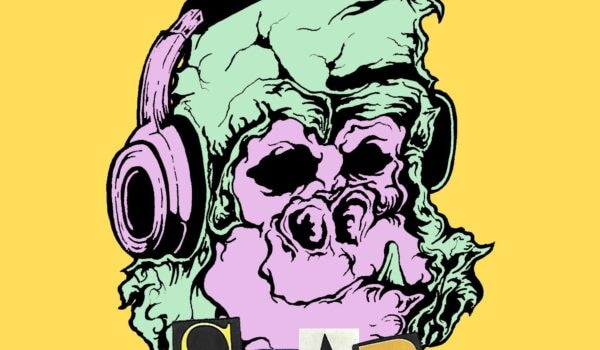
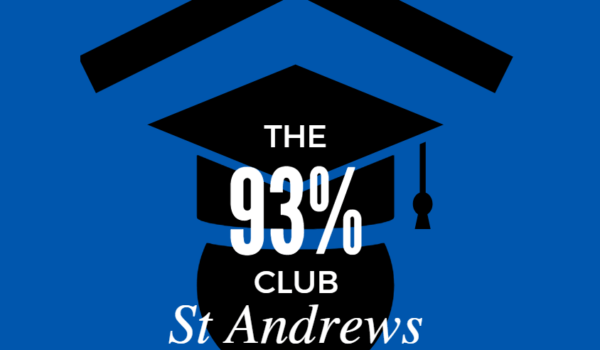

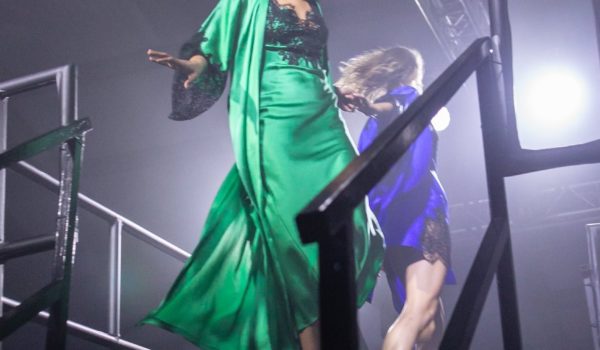
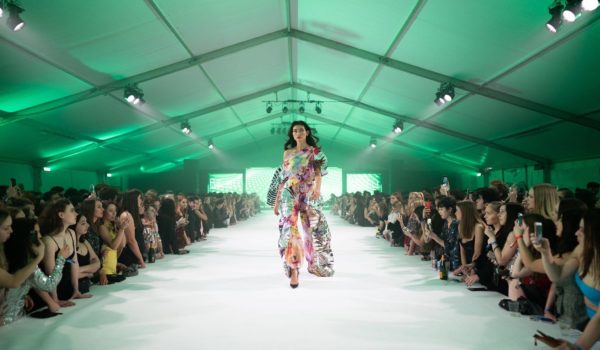
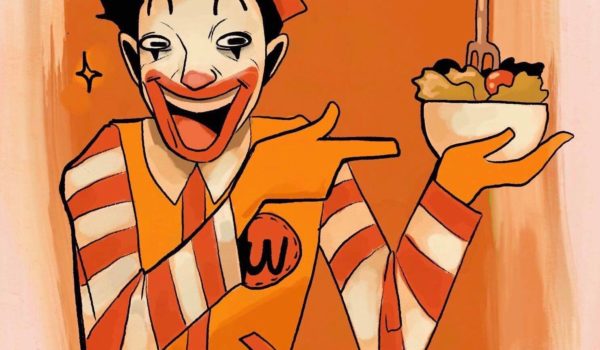
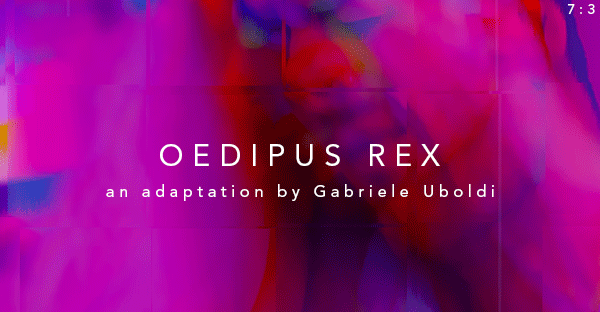
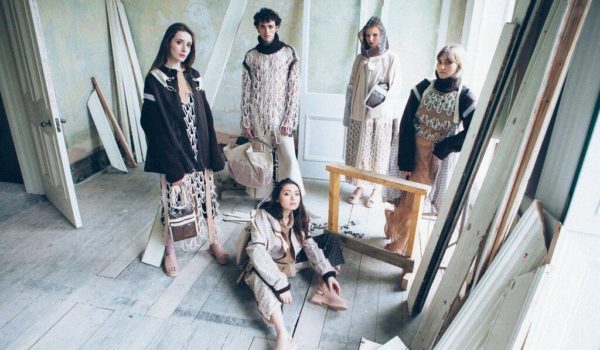
Comments